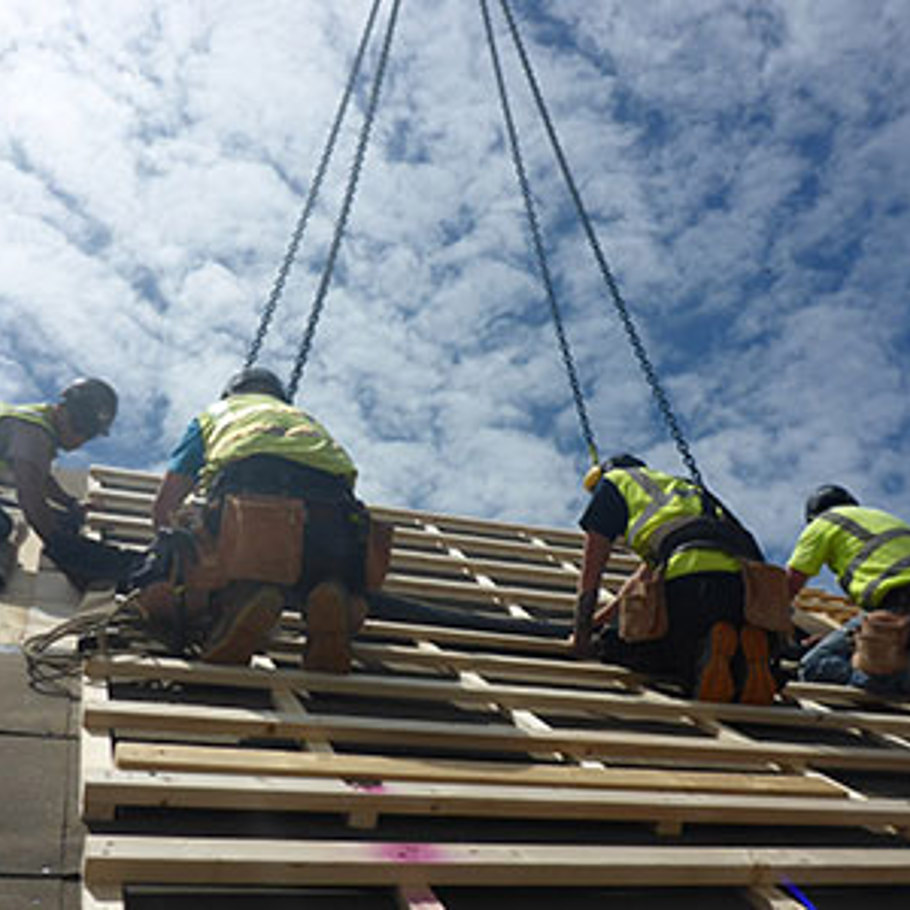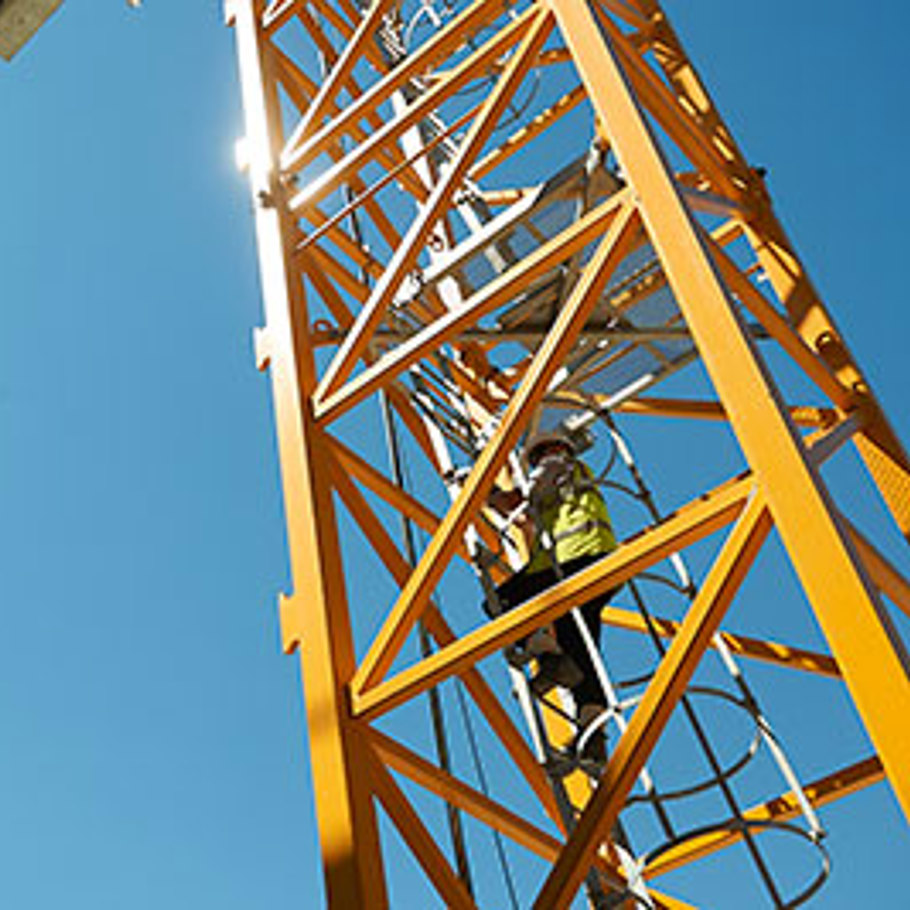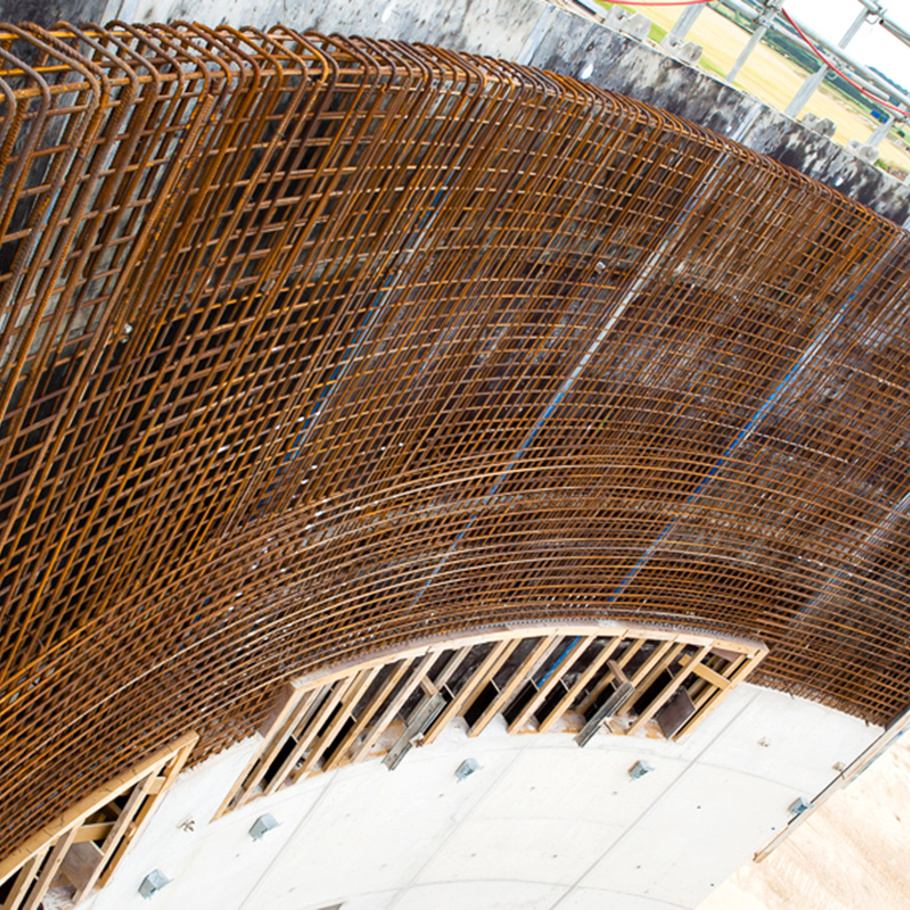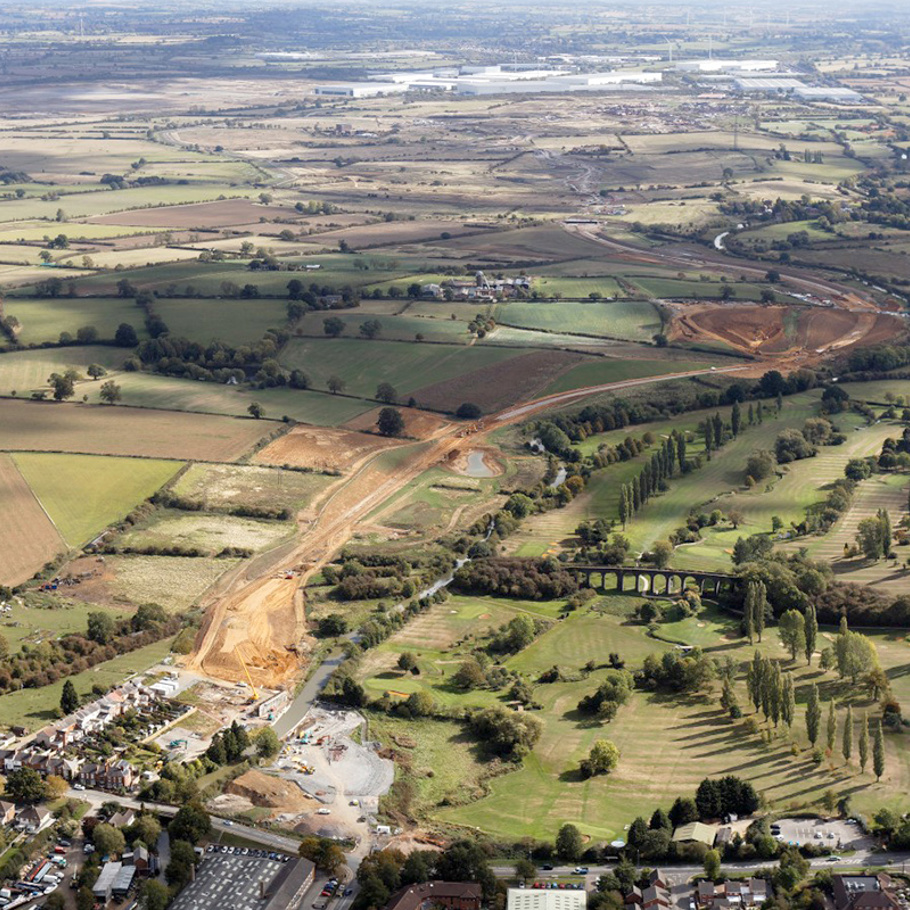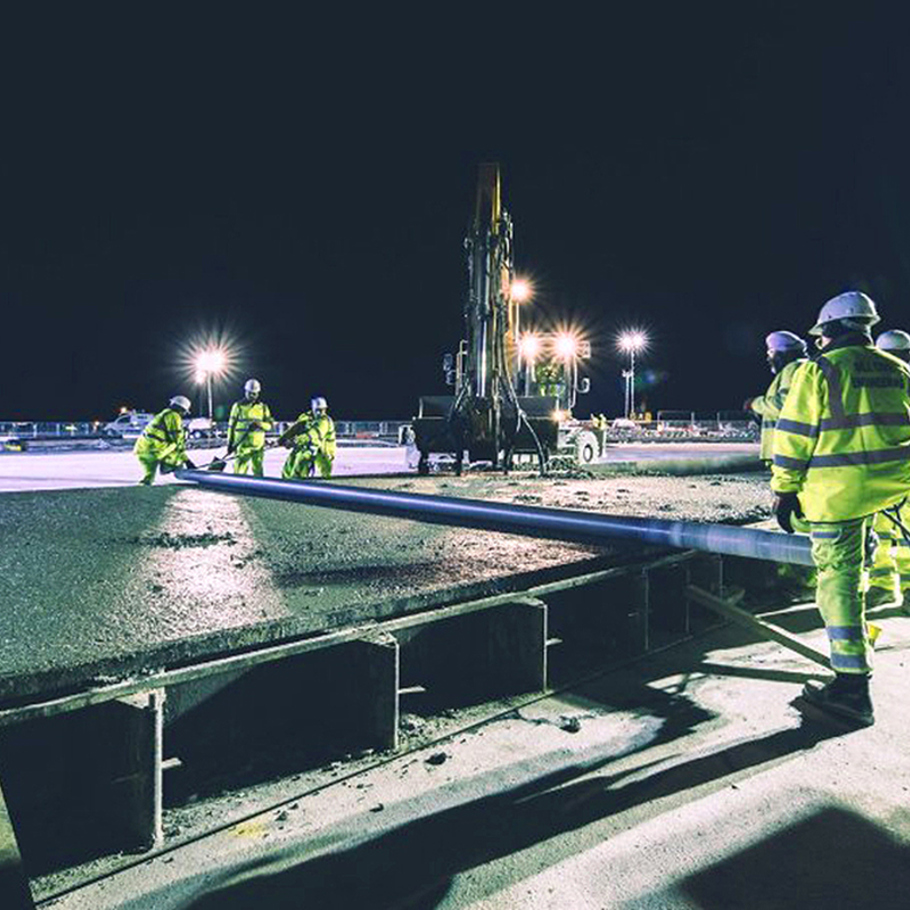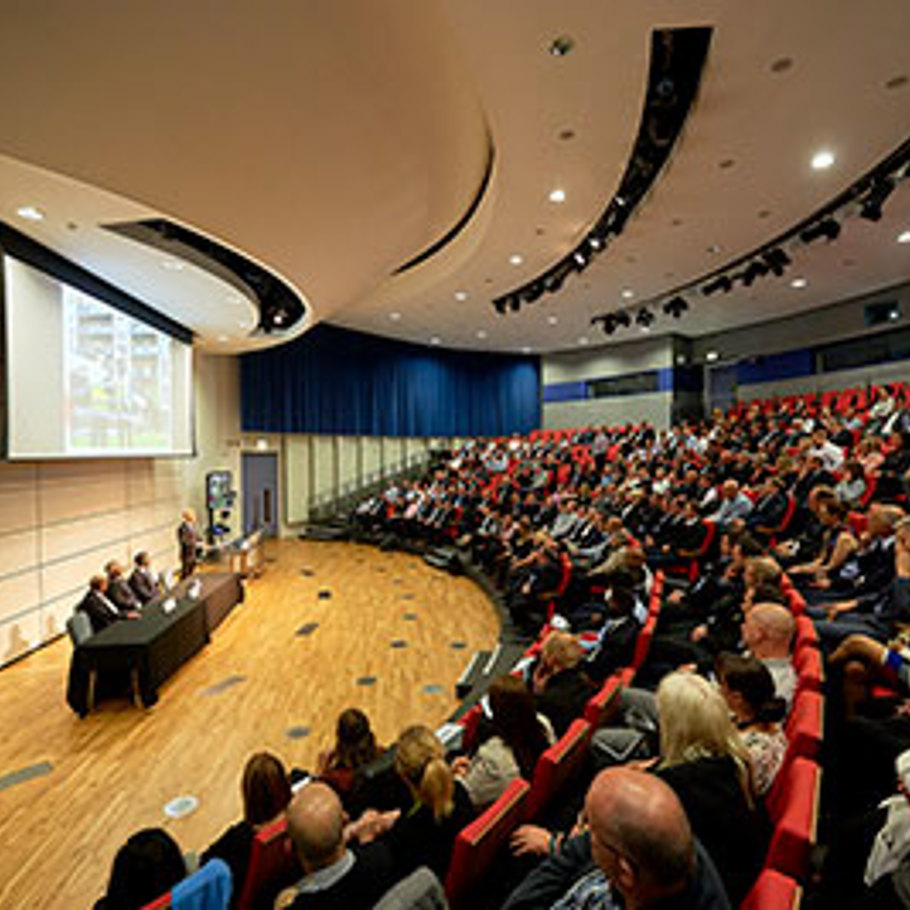Topic Projects
Date 08 Mar 2018
Rear Admiral Keith Blount OBE was the guest of honour opening the new ‘dunker’ facility at RNAS Yeovilton, alongside members of the Galliford Try Building South West team.
The world leading facility is the first of its kind in the UK, providing survival training for personnel in the event of a helicopter accident over water or escaping from amphibious vehicles. It also represents Galliford Try’s first successful completion of a project under the Defence Infrastructure Organisation’s (DIO) Next Generation Estate Contracts (NGEC) framework.
The new building brings together all the factors involved in training personnel in survival techniques, including the ability to simulate climatic conditions such as wind and rain, as well as replicating sea conditions such as waves and the ability to conduct the exercises in darkness. As part of the opening event the capabilities of the building were shown to the attendees through a training demonstration.
Read Admiral Blount, commented: “This has been a journey and triumph of The Fleet Air Arm’s hard work that something as splendid as this has been developed and built. The tremendous robust work of the previous 'dunker' facility has allowed us to develop and engineer much more sophisticated training at this world class facility. You should be really proud of yourselves at what you have achieved, thank you."
Simon Jones, Project Manager at DIO (Defence Infrastructure Organisation) added: "This facility demonstrates DIO's ability to deliver cost effective, bespoke solutions for our customers as is an essential component of our commitment to our world class military training. Our robust framework allowed us to collaborate with both Military and Industry partners to deliver this challenging project to specific timescales."
Mark Wusthoff, Area Director for Galliford Try Building South West said: “Working on this project has presented considerable challenges for us as a contractor and I’m delighted to say we have risen to meet them. It’s not often that we get to construct a building as unique as this facility and we are proud to have played our part in creating something that will have a real impact in saving the lives of our service personnel.”


